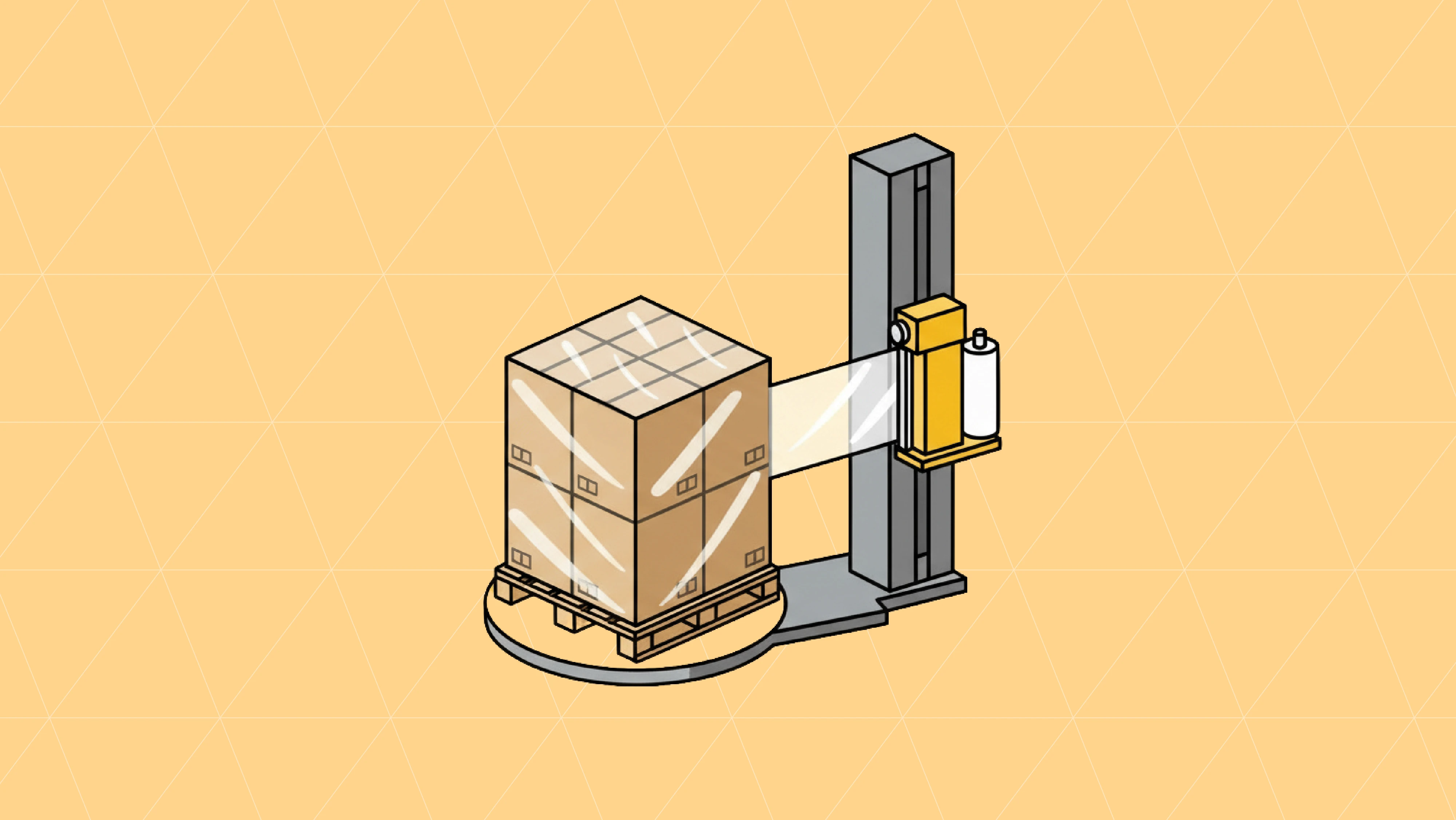Are you a supplier needing to meet retail fulfillment requirements? This guide is for you!
The Shifting Retail Landscape
The way customers shop has fundamentally changed in recent years. Online shopping continues to grow alongside traditional in-store purchases. In 2023, Americans spent $1.1 trillion online, representing 15.3% of the $7.2 trillion in total retail sales. This shift has forced retailers and distributors to adapt their order management strategies. Today's businesses use multiple approaches - some rely on distribution centers, others fulfill from stores, offer pickup options, or have suppliers ship directly to customers.
Electronic Trading Requirements for Different Fulfillment Methods
Each retail partner has specific requirements based on their business model. Success depends on providing timely, accurate data to meet consumer expectations.
When Shipping Directly to Consumers
When you ship products directly to customers on behalf of retailers (without them holding inventory), the process demands specific information exchanges:
Comprehensive product details for online listings
Regular inventory status updates
Electronic order reception capabilities
Shipment tracking and branded packaging
Returns handling protocols
Labeling and packaging
This direct-to-consumer approach allows retailers to expand product selections without increasing warehouse inventory. Your shipments appear to come from the retailer, though you handle the actual fulfillment.
Suppliers should prepare for significantly higher order volumes and individual shipments when implementing this model.
When Shipping to Warehouses
The traditional warehouse fulfillment model involves different requirements:
Detailed product specifications
Electronic order processing
Order confirmation systems
Advance Shipping notifications with appropriate GS1-128 labeling
Digital invoice processing
In this scenario, you ship products in bulk to a retail partner's warehouse. They take ownership of the inventory upon receipt and manage distribution to stores or customers from there.
Simplifying Fulfillment Complexities
Order processing involves different information requirements at various stages. These requirements vary by fulfillment type and retail partner.
To reduce complexity, consider:
Working with a managed electronic data interchange (EDI) provider who understands all your retail partners' requirements
Partnering with third-party logistics providers (3PLs) to handle shipping and warehousing tasks
The right technology partners can free your time, strengthen retail relationships, and help avoid non-compliance penalties.
Making the Right Choice
Both fulfillment approaches offer advantages depending on your business model and resources. Direct-to-consumer shipping expands your market reach without retailer warehousing, while traditional warehouse fulfillment may provide operational efficiencies for certain product types.
Understanding the electronic requirements of each model is essential for meeting retailer expectations and delivering exceptional customer experiences.
Need more information about direct-to-consumer or warehouse order processing? Contact an EDI expert at Surpass to learn about streamlining your fulfillment operations.
More articles
Our platform is designed to empower businesses of all sizes to work smarter and achieve their goals with confidence.




